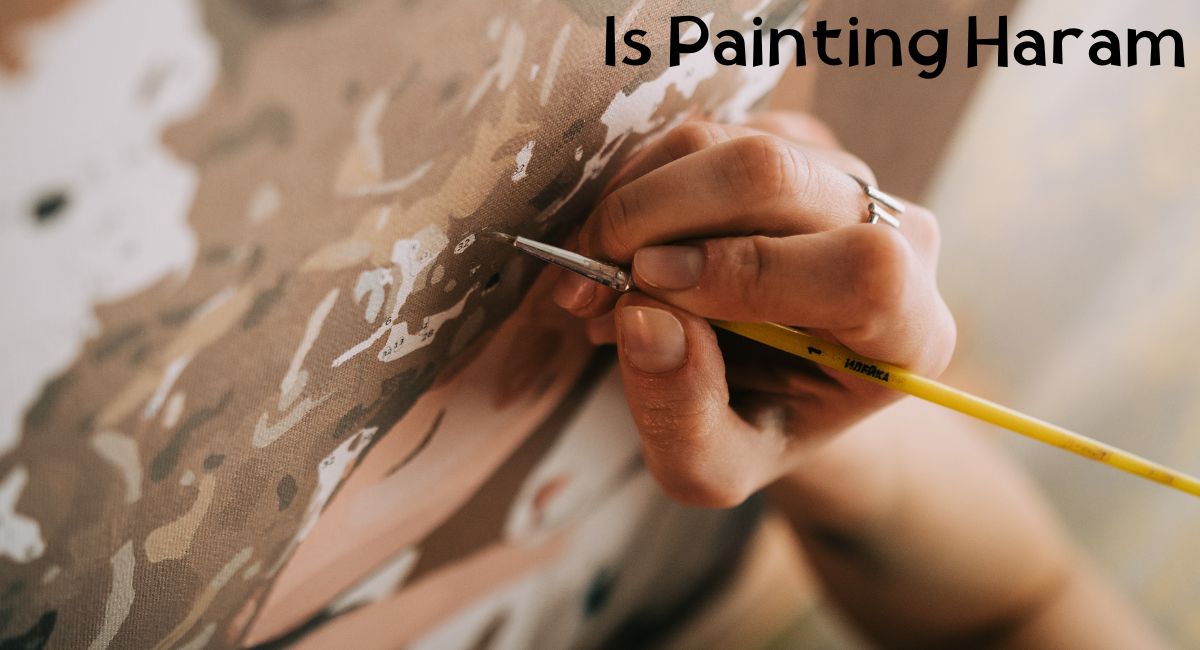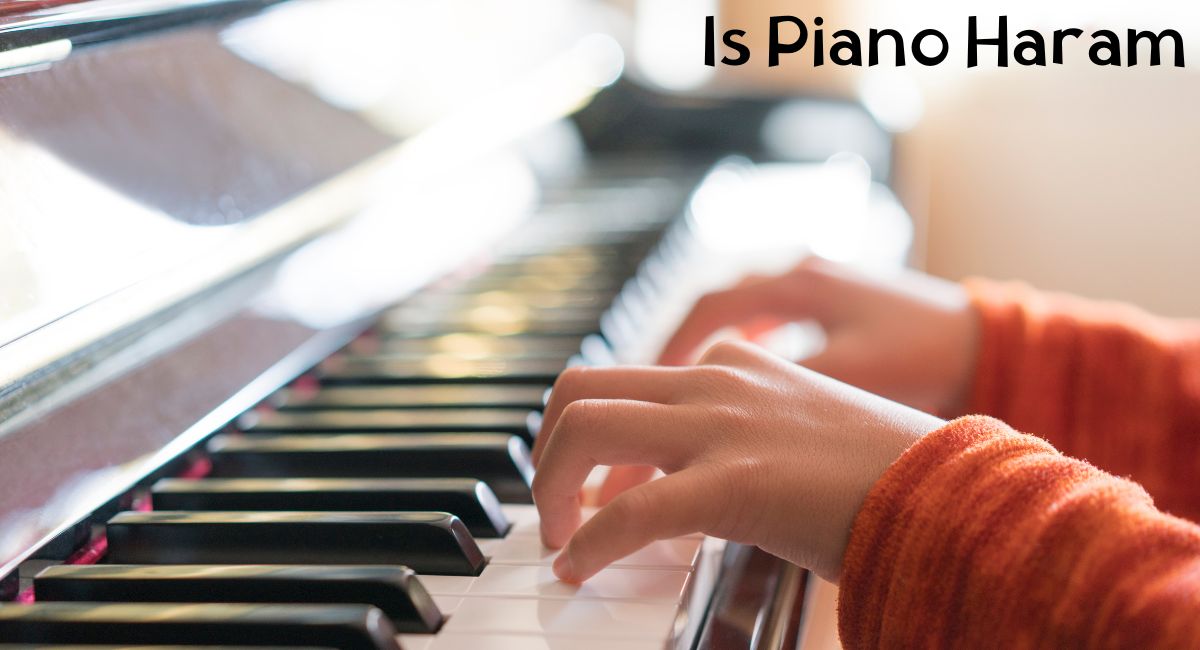The question of whether painting is considered Haram, or forbidden, in Islam has been a topic of debate and discussion among scholars and Muslims for centuries. While Islam has a rich tradition of art and aesthetics, it also places certain limitations on artistic expression to maintain the moral and ethical values of the faith.
In this article, we will delve into the nuances of Islamic teachings, explore different perspectives, and attempt to shed light on the complex relationship between painting and Islamic principles. It is important to note that opinions on this matter may vary, and what may be considered Haram by some may be viewed differently by others within the Muslim community.
Is Painting Haram – The Islamic Perspective
The Islamic perspective on painting, particularly the depiction of living beings, is a complex and nuanced subject, shaped by various religious texts and scholarly interpretations.
Quranic Sayings
There is no specific verse in the Quran explicitly mentioning drawing or painting. However, the creation of images and sculptures as idols is condemned, as it is seen as associating partners with God (shirk). The Quran indirectly addresses the issue by emphasizing that creation is a quality unique to Allah, and any attempt to imitate this is severely disliked.
Hadiths on Painting
Several Hadiths indicate that the Prophet Muhammad expressed aversion towards paintings of living beings.
One such Hadith, narrated by Abu Zur’a (R.A), states, “Those who paint pictures would be punished on the Day of Resurrection and it would be said to them: Breathe soul into what you have created” (Sahih Muslim: 2108a). This reflects a broader view that painting or drawing living beings is not allowed in Islam.
Companions of the Prophet, like Ibn ‘Abbas, also echoed this sentiment.
A Hadith related by Anas b. Malik (R.A) quotes Ibn ‘Abbas: “He who painted pictures in the world would be compelled to breathe soul in them on the Day of Resurrection, but he would not be able to breathe soul (in them)” (Sahih Muslim: 2110b).
Scholarly Opinions and Interpretations
Scholarly opinions on painting and drawing are diverse. Some scholars, including Maliki and Hanbali scholars, permit drawing humans, arguing that the prohibition mainly concerns complete statues that imitate Allah’s creation. This opinion is based on historical reports and interpretations of Hadiths.
The issue remains controversial, with various scholars presenting differing views. While some maintain a strict prohibition, especially on complete statues, others allow certain forms of drawings, as long as they do not incite sexual desires or depict nudity.
The Importance of Modesty and Respect
In Islamic art, modesty and respect are fundamental values that guide the creation and appreciation of artwork.
- Avoiding Depiction of Nudity: In line with Islamic teachings, art should avoid nudity or the portrayal of ‘awrah (parts of the body that should be covered according to Islamic doctrine). This aligns with the broader Islamic emphasis on modesty in all aspects of life.
- Refraining from Inciting Desires: Art should not be designed to incite sexual desires or exhibit sensual content. This principle of modesty extends to the choice of subjects and the manner of their depiction in art.
- Respect for Divine Creation: The avoidance of depicting living beings, especially in a way that attempts to imitate the creation of Allah, stems from a deep respect for the divine as the sole creator. This principle underlines the belief in the uniqueness and sanctity of life as a creation of God.
- Respect for Religious Sentiments: Art in Islam is also shaped by the need to respect religious sentiments. This includes avoiding any form of art that could be construed as idolatrous or blasphemous, as well as ensuring that religious symbols and texts are treated with the utmost reverence, especially in Islamic calligraphy.
These principles of modesty and respect in Islamic art underscore a wider ethical and moral framework within which artistic expression is encouraged to flourish, ensuring that it aligns with the core values and beliefs of Islam.
What Are the Guidelines for Islamic Art
Islamic art, a product of Islamic culture and a reflection of Muslim life, is characterized by several key guidelines and principles:
Calligraphy: Calligraphy is a dominant and highly respected art form in Islamic culture. The Qur’an, presented in elegant scripts, signifies Allah’s divine word, received by Muhammad. Calligraphic representation of Quranic verses is found in various art forms and architectural designs, highlighting the importance of language, particularly Arabic, in Islamic art.
Geometric and Vegetative Motifs: Geometric and vegetal patterns are widespread in Islamic art, appearing in private palaces, metalwork, and other decorative forms. These motifs are a hallmark of Islamic aesthetics, found in different Islamic lands and cultures, and serve as a unifying feature across various forms of Islamic art.
Aniconism: There’s a common misconception that Islamic art is entirely aniconic, meaning devoid of human or animal representations. While this is true for early religious art and architecture, such as the Dome of the Rock and the Aqsa Mosque, private residences of sovereigns often contained figurative paintings, mosaics, and sculptures. This indicates a nuanced approach to figural representation in Islamic art, with differences between religious and secular contexts.
Non-Representational Public Art: Public Islamic art traditionally avoids representational forms, with an emphasis instead on plant forms, spirals, arabesques, calligraphy, and geometric patterns. These elements are found in a wide range of media, from ceramics and metalwork to large decorative schemes in architectural settings.
Influence of Cultural and Historical Contexts: Islamic art was influenced by Roman, Early Christian (particularly Byzantine), and Sassanian art. It later incorporated elements from Chinese art, especially in painting, pottery, and textiles. This cultural synthesis reflects the adaptability and diversity of Islamic art across different regions and historical periods.
Integration of Secular and Religious Themes: Both religious and secular Islamic art often exhibit similar references, styles, and forms, including in calligraphy, architecture, and textiles. Secular arts and crafts encompass textiles and household objects made from various materials. Figurative miniature paintings, especially in Persian, Mughal, and Ottoman traditions, illustrate historical or poetic stories.
For a comprehensive understanding of the permissibility of various artistic expressions in Islam, explore these articles.
Is Drawing Haram: Explore the Islamic perspective on the permissibility of traditional drawing in this thought-provoking article. Discover whether the art of sketching aligns with Halal principles.
Is Digital Art Haram in Islam: Delve into the world of digital creativity and its status in Islam. This article sheds light on whether engaging in digital art is considered Halal or Haram according to Islamic teachings.






